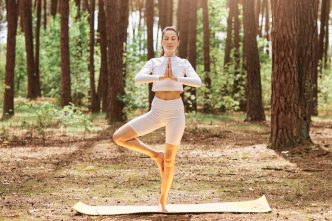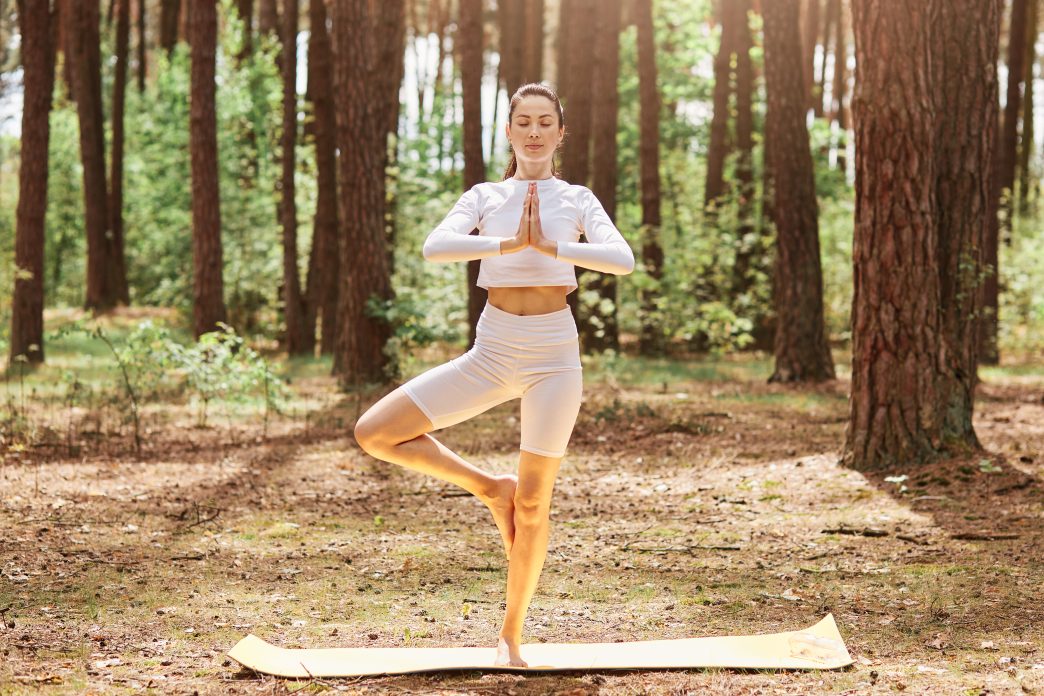Balance and coordination are fundamental skills necessary for performing everyday tasks, physical activities, and sports effectively. These abilities not only reduce the risk of injury but also improve overall body control. Regardless of your age or fitness level, incorporating coordination and balance exercises into your routine can bring significant health and functional benefits.
Why Balance and Coordination Matter
Good balance helps you stay stable, reduces the risk of falling, and promotes proper posture. Coordination enables you to move with precision and efficiency—essential for any activity that requires quick reactions or accuracy. While both skills naturally decline with age, they can be maintained—and even improved—through regular practice.
Simple and Effective Balance & Coordination Exercises
1. Walk an Imaginary Line
Visualize a straight line on the floor and walk along it by placing the heel of one foot directly in front of the toes of the other. This improves your balance and enhances spatial awareness.
2. Stand on One Leg
Stand tall and lift one leg, bending the knee at a 90-degree angle. Hold for 20–30 seconds, then switch legs. To increase difficulty, try closing your eyes or moving your arms while balancing.
3. Shoulder Tap Plank
Get into a high plank position with arms extended. Alternately tap one shoulder with the opposite hand while keeping your core tight and body stable. This strengthens the core and improves coordination between upper and lower body.
4. Walk Backwards
Slowly walk in reverse, focusing on control and spatial awareness. This activity sharpens balance, concentration, and movement control.
5. Joint Circles
While standing or sitting, rotate your wrists and ankles in smooth circular motions. This simple exercise supports joint mobility and stimulates coordination.
6. Ball Toss Exercises
Throw and catch a small ball with one hand, then the other. Challenge yourself by tossing it between hands or using multiple balls at once to improve reflexes and hand-eye coordination.
7. Yoga and Tai Chi
Both practices involve slow, controlled movements with an emphasis on breathing and body awareness. Regular sessions can significantly boost coordination, balance, and overall well-being.
Tips for Success
- Practice consistently—even 10–15 minutes a day can make a noticeable difference.
- Gradually increase difficulty by adding props like balance balls or light weights.
- Focus on posture and controlled movement during every exercise.
- Go barefoot or wear minimalist shoes to enhance connection with the floor.
- Use a sturdy surface for support if you feel unsteady at any point.
Conclusion
Improving your balance and coordination is essential for maintaining physical health and functional independence. By adding these simple exercises to your routine, you’ll strengthen your body, enhance stability, and reduce the risk of injury. With just a little time and commitment, you’ll notice better control, confidence, and ease in your daily activities.
Photo: Freepik
















